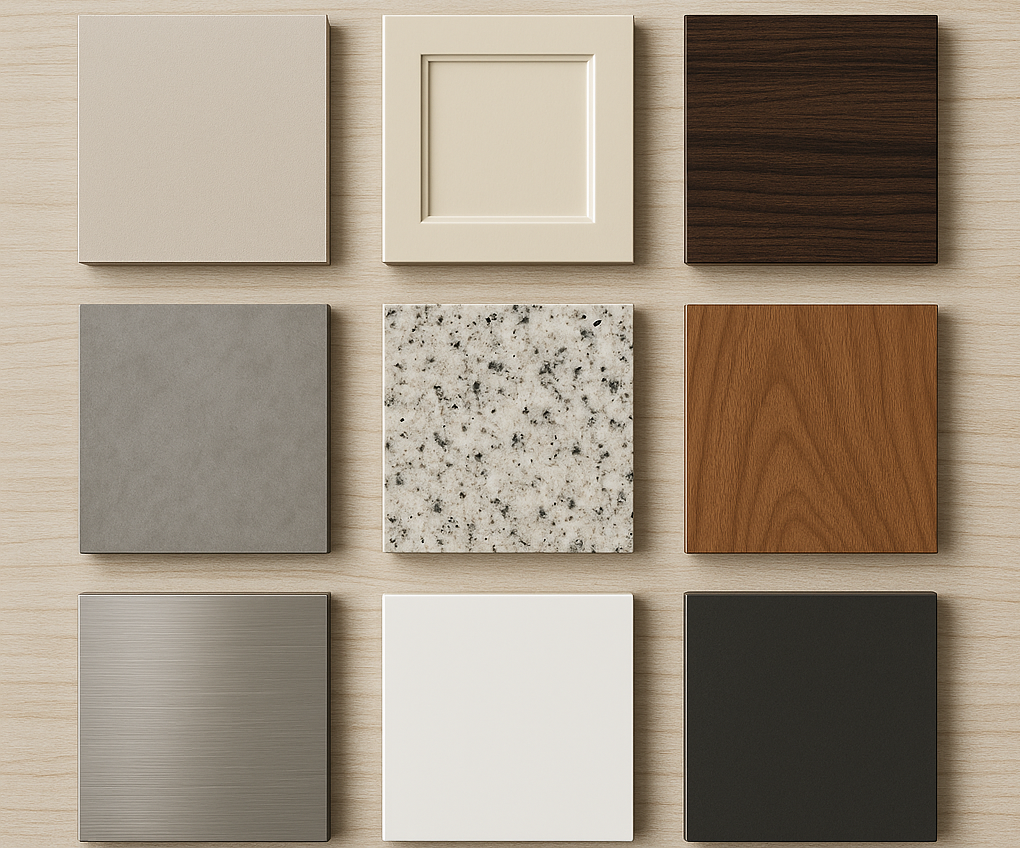Table of Contents
Introduction: Choosing the Best Modular Kitchen Materials and Finishes
When designing a modular kitchen, choosing the right materials and finishes is the first step toward creating a space that is both stylish and functional. The right combination of modular kitchen materials and finishes can elevate the kitchen’s durability, ease of maintenance, and visual appeal.
This guide will walk you through the key differences between plywood, MDF, HDF, and particle board (PB), and the most popular kitchen cabinet finishes available today. Let’s dive into a detailed guide to help you select the ideal cabinet materials and surface finishes for your dream modular kitchen.
🪵 Cabinet Materials for Modular Kitchen
Your kitchen cabinets form the foundation of your modular kitchen. They must be durable, moisture-resistant, and easy to maintain. Below are the most preferred options:
👉 Plywood Cabinets for Modular Kitchen
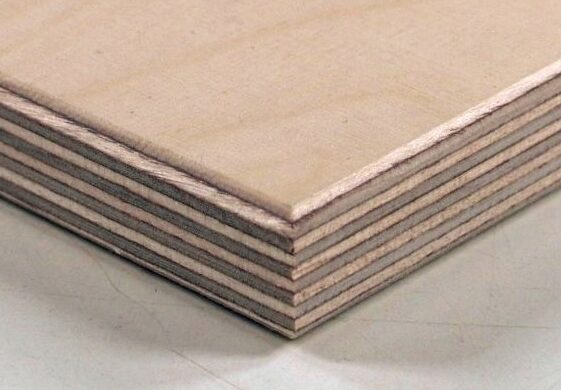
Plywood is a top choice for modular kitchen cabinets. It is crafted by pressing together thin layers of wood veneer using high-pressure adhesives, often in odd-numbered layers (3, 5, 7) for enhanced strength and reduced warping.
Key Advantages:
- Extremely durable and moisture-resistant
- Excellent load-bearing capacity
- Resists warping and expansion
- Suitable for both base and wall units
👉 MDF (Medium-Density Fiberboard)
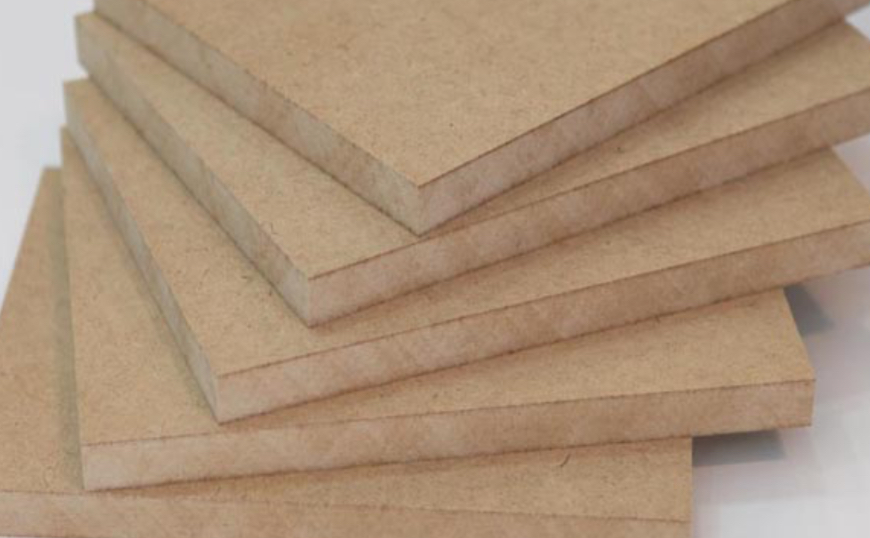
MDF is an engineered wood product made by compressing wood fibers with resin. It is popular for its affordability and ultra-smooth surface, which makes it perfect for painted finishes.
Ideal For:
- Shutters and decorative panels
- Smooth, matte, or painted finishes
⚠️ Less water-resistant than plywood; not ideal for wet zones.
👉 HDF (High-Density Fiberboard)
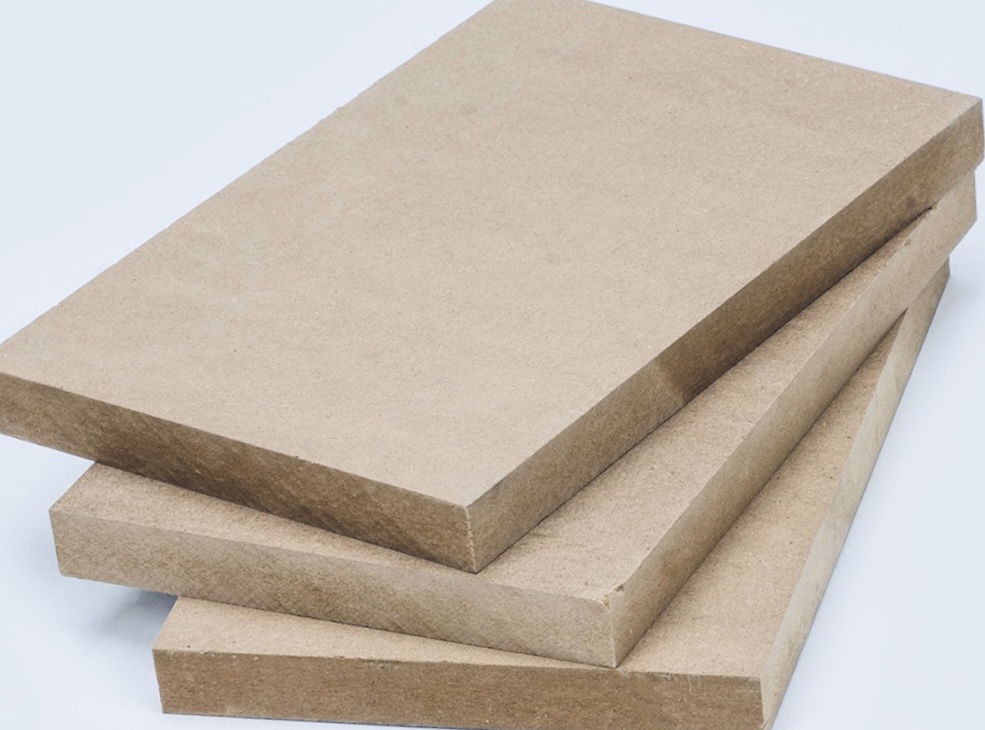
HDF is a denser, advanced version of MDF. With enhanced resistance to impact and moisture, it’s suitable for high-gloss or acrylic finishes.
- Denser and more durable
- Less prone to damage
- Provides a smooth and seamless finish
It works well for high-gloss acrylic finishes and is ideal for modular kitchen doors and panels.
👉 PB (Particle Board)
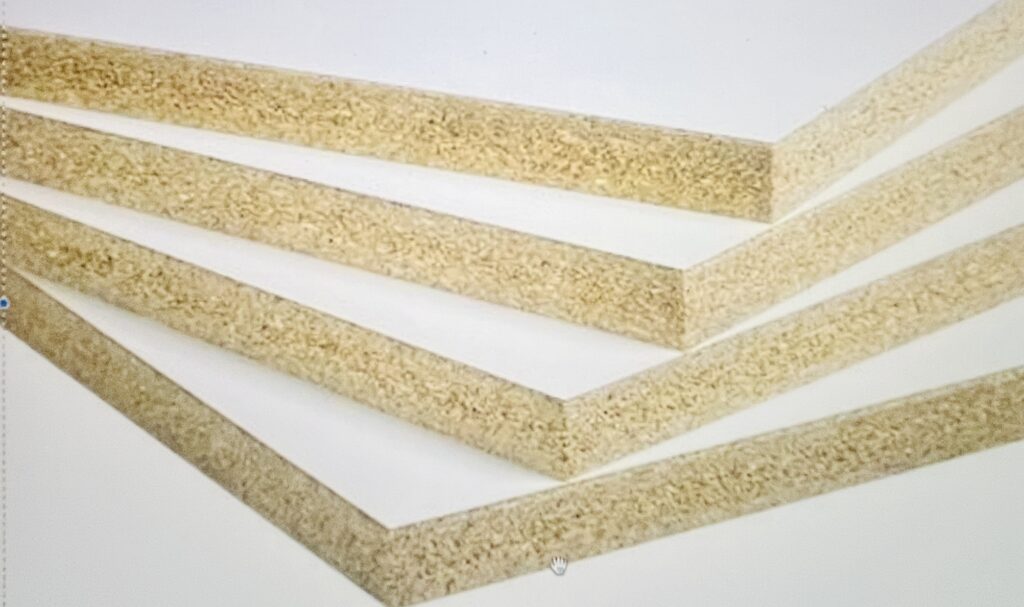
PB, or Particle Board, is made by pressing wood chips and sawdust with glue under heat. It is budget-friendly and commonly used in ready-to-assemble furniture.
Pros:
- Affordable
- Light-weight
- Acceptable for low-use cabinets
Cons:
- Low moisture resistance
- Weaker screw-holding capacity
🎨 Finishes for Modular Kitchen
The finish of your modular kitchen significantly affects its appearance, ease of cleaning, and cost. Depending on your budget and style preference, you can choose from the following popular options:
👉 Laminate Finish
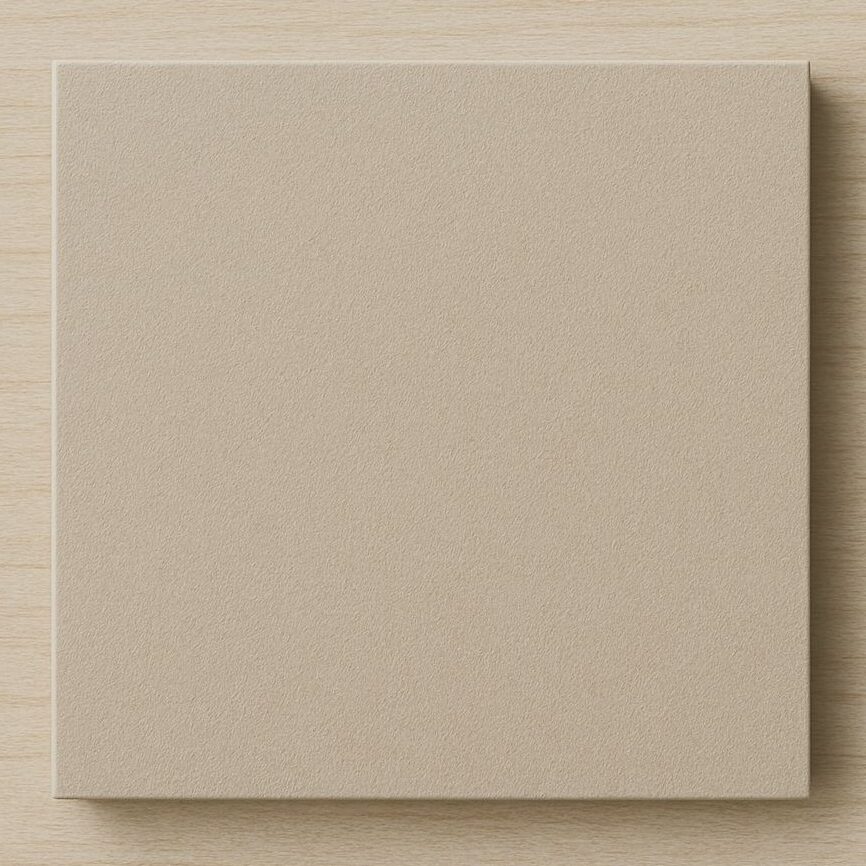
Laminates are decorative layers of plastic resin pressed on base materials like MDF, HDF, or plywood.
Advantages:
- Budget-friendly
- Scratch and moisture-resistant
- Available in matte, gloss, and texture variants
- Easy to clean and low maintenance
👉 Acrylic Finish
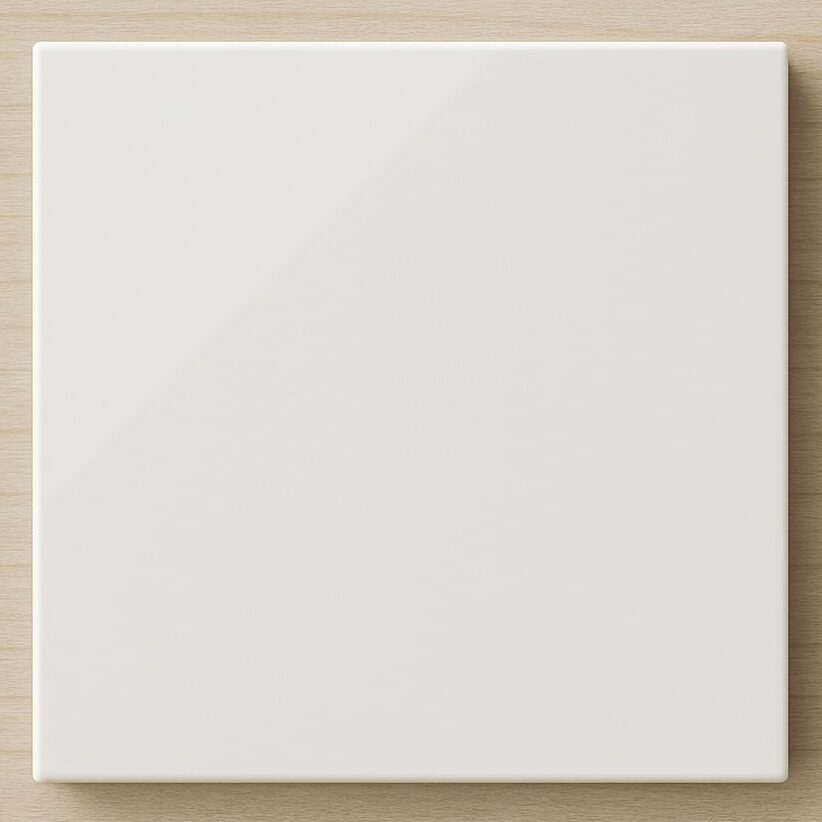
Acrylic finishes give a luxurious, mirror-like appearance.
Advantages:
- Ultra-glossy surface
- Resistant to fading and UV damage
- Fingerprint-resistant
- Perfect for modern kitchens
Ideal Base Material: HDF for best finish quality
👉 Veneer Finish
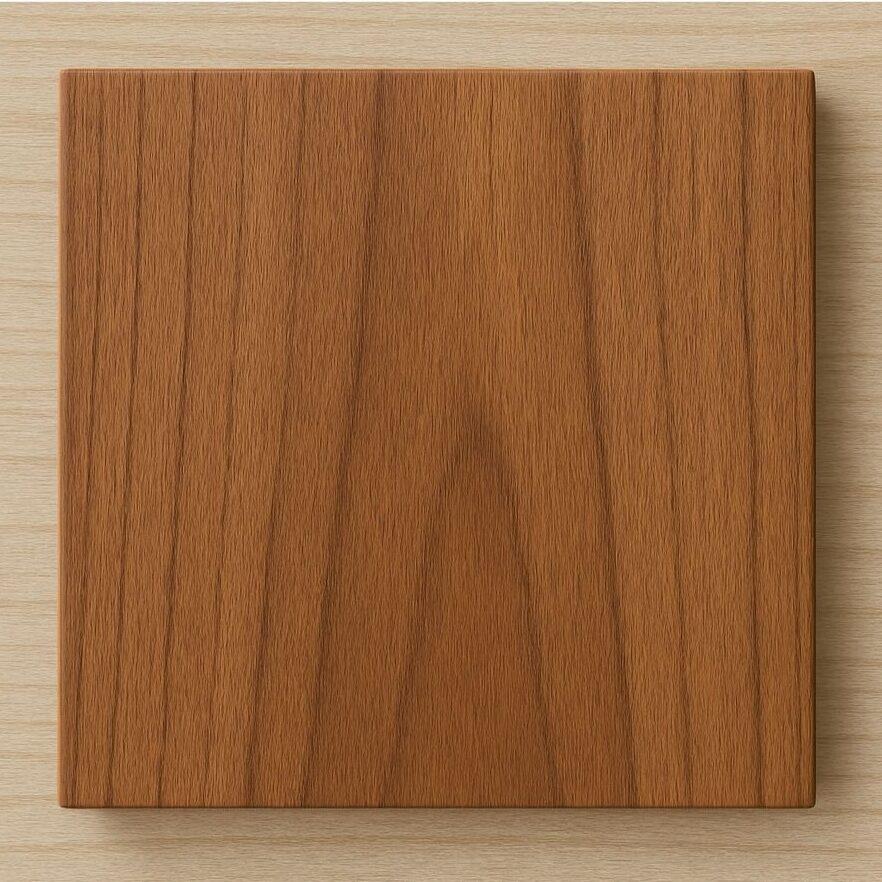
Veneers are thin slices of real wood glued to a substrate. They retain the charm of natural wood.
Advantages:
- Rich, elegant look
- Ideal for premium interiors
- Can be polished to restore the finish
- Best paired with plywood
Perfect for luxury modular kitchens.
✅ How to Choose the Right Modular Kitchen Materials and Finishes?
Selecting the best modular kitchen materials and finishes depends on several factors:
| Factor | Recommended Choice |
|---|---|
| Budget | MDF or Particle Board |
| Durability | Plywood with Laminate |
| Luxury Look | Veneer on Plywood |
| High-Gloss Finish | Acrylic on HDF |
| Moisture Resistance | BWR Plywood |
| Low Maintenance | Laminates or Acrylic |
💡 Expert Tips to Maximize Durability
- Always use BWR (Boiling Water Resistant) Plywood in wet areas
- Opt for edge banding to prevent water ingress
- Use soft-close hinges and anti-corrosion fittings
- Match finishes with usage zones: matte for heavy use, gloss for decorative sections
📊 Comparing Plywood vs MDF, HDF, and Particle Board
| Material | Strength | Moisture Resistance | Cost | Surface Finish Compatibility |
|---|---|---|---|---|
| Plywood | ★★★★☆ | ★★★★☆ | Medium | All finishes |
| MDF | ★★★☆☆ | ★★☆☆☆ | Low | Paint, Laminate |
| HDF | ★★★★☆ | ★★★☆☆ | High | Acrylic, Laminate |
| PB | ★★☆☆☆ | ★☆☆☆☆ | Very Low | Laminate, Acrylic |
Conclusion: Final Thoughts
Choosing the right modular kitchen materials and finishes is a key step in achieving both functionality and visual harmony. While plywood remains the most durable and versatile, MDF and HDF are excellent for stylish finishes on a budget. Particle board offers affordability for temporary or low-use kitchens. Finishes like laminate, acrylic, and veneer complete the look—each adding its flair to your kitchen’s personality.
🙋♀️ FAQs: Modular Kitchen Materials and Finishes
Is acrylic finish worth the investment?
Yes. Acrylic offers a luxurious appearance and is highly durable and easy to clean, especially suited for contemporary kitchens.
What is the best low-maintenance finish for modular kitchens?
Laminate is the most low-maintenance and budget-friendly finish available, ideal for daily use and rough handling.
Can I mix different finishes in one kitchen?
Absolutely! Many modern designs mix acrylic for top units and laminate for base cabinets to balance cost and aesthetics.
Is particle board good for kitchen cabinets?
Particle board is affordable but not ideal for long-term or high-moisture use.
What’s the difference between HDF and MDF?
HDF is denser, stronger, and more moisture-resistant than MDF, making it ideal for high-end kitchens.
Is acrylic better than laminate?
Acrylic gives a glossier, more luxurious finish, while laminate is more budget-friendly and easier to maintain.
Is MDF suitable for modular kitchens?
Yes, MDF is good for cabinet shutters, especially when a painted or smooth finish is desired. Avoid it in wet areas.
Also Read:
